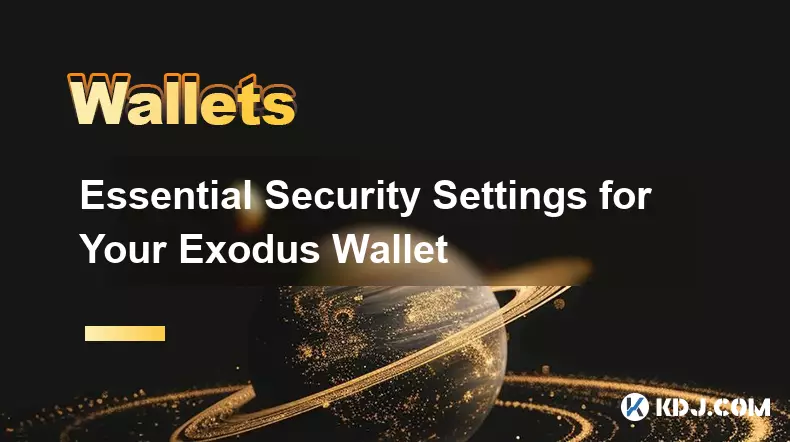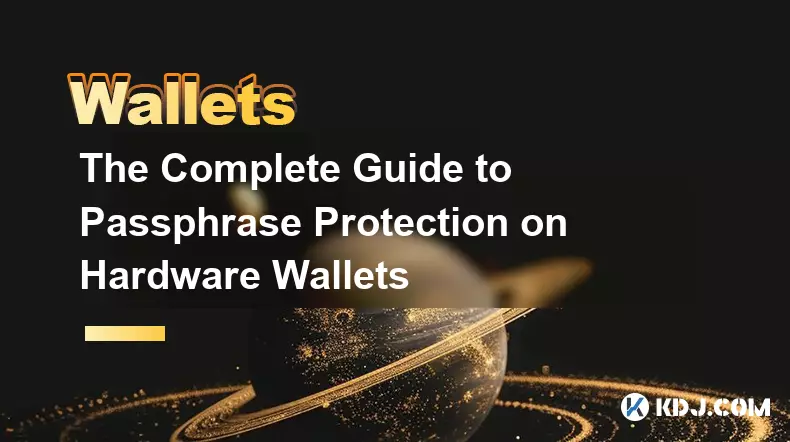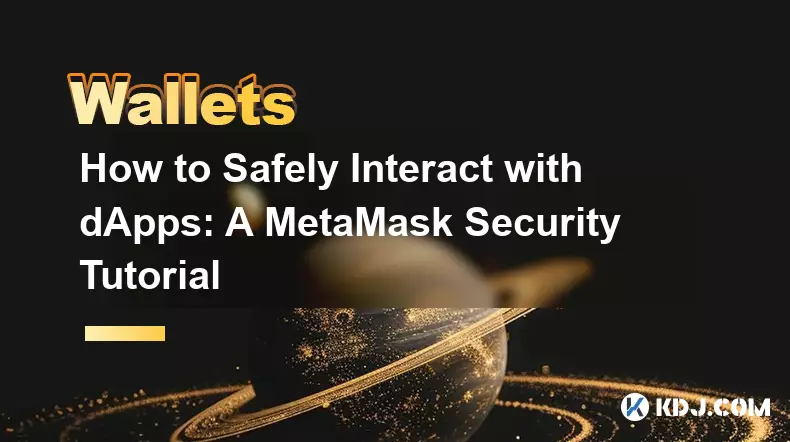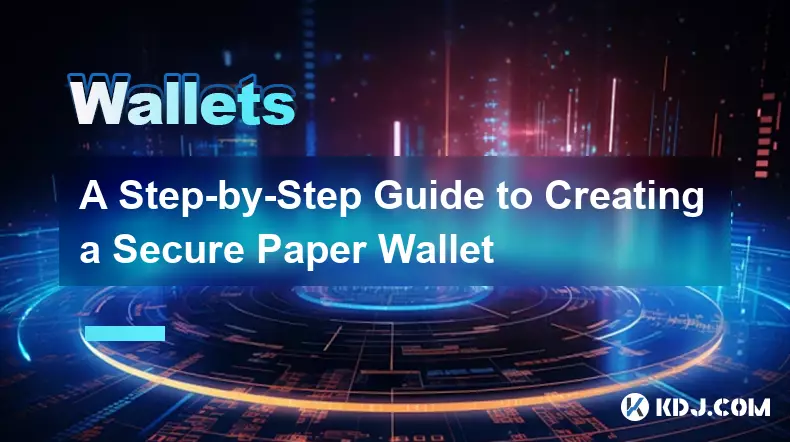-
 bitcoin
bitcoin $99177.955738 USD
-7.32% -
 ethereum
ethereum $3187.183061 USD
-12.38% -
 tether
tether $0.999809 USD
0.00% -
 xrp
xrp $2.117933 USD
-9.42% -
 bnb
bnb $906.710033 USD
-9.17% -
 solana
solana $149.367737 USD
-10.74% -
 usd-coin
usd-coin $0.999816 USD
0.01% -
 tron
tron $0.281498 USD
-0.38% -
 dogecoin
dogecoin $0.156292 USD
-8.00% -
 cardano
cardano $0.500744 USD
-10.19% -
 hyperliquid
hyperliquid $38.087358 USD
-4.58% -
 chainlink
chainlink $14.097831 USD
-8.54% -
 bitcoin-cash
bitcoin-cash $463.329916 USD
-9.22% -
 ethena-usde
ethena-usde $0.999078 USD
-0.01% -
 unus-sed-leo
unus-sed-leo $9.475862 USD
-0.79%
How does the Coinbase Wallet dApp browser work?
The Coinbase Wallet dApp browser enables secure, seamless access to decentralized apps across multiple blockchains, with built-in protections like phishing detection, transaction simulation, and local private key storage.
Oct 27, 2025 at 06:56 pm

Understanding the Coinbase Wallet dApp Browser
1. The Coinbase Wallet dApp browser is a built-in feature that allows users to directly access decentralized applications without relying on external browsers. It functions as a bridge between traditional mobile interfaces and blockchain-based platforms, enabling seamless interaction with Ethereum and other EVM-compatible networks.
2. When a user opens the dApp browser within the Coinbase Wallet app, they are presented with a curated list of verified decentralized applications. These include DeFi protocols, NFT marketplaces, and blockchain games. Each dApp loads inside a secure sandbox environment to prevent unauthorized access to wallet data.
3. The browser leverages Web3 injection technology, meaning it injects the user’s public address and signing capabilities directly into the web page. This allows dApps to request transactions and read blockchain data while keeping private keys securely stored on the device.
4. Connectivity is established through JSON-RPC endpoints managed by Coinbase or third-party node providers like Infura. This ensures fast and reliable communication with the underlying blockchain, reducing latency during interactions such as token swaps or NFT mints.
5. Users retain full control over their assets at all times. Every transaction must be manually approved within the wallet interface, where gas fees, recipient addresses, and contract interactions are clearly displayed before confirmation.
Security Mechanisms in the dApp Browser
1. The dApp browser does not expose private keys under any circumstances. Even when connecting to malicious sites, cryptographic signatures are generated locally on the device using secure enclaves available on modern smartphones.
2. Phishing protection is integrated into the browsing experience. If a dApp attempts to mimic a known platform—such as impersonating Uniswap—the wallet will display a warning and block certain actions until the user confirms intent.
3. Session management limits how long a dApp can maintain connection to the wallet. After a period of inactivity or upon app restart, re-authorization is required, minimizing the risk of prolonged unauthorized access.
4. Domain verification checks ensure that only legitimate URLs associated with official dApp deployments are allowed to request permissions. This prevents attackers from hosting fake versions of popular apps on similar-looking domains.
5. Transaction simulation runs prior to approval, allowing the wallet to detect potentially harmful operations such as unlimited token approvals or transfers to high-risk addresses.
User Interaction Flow with dApps
1. Upon selecting a dApp from the browser menu, the wallet initiates a handshake process where the dApp requests read access to the connected account's public address.
2. Once permission is granted, the dApp can query blockchain data relevant to the user, such as token balances, staking positions, or NFT ownership, without requiring additional approvals.
3. When an action requires a transaction—like approving a token spend limit or minting an NFT—the wallet intercepts the request and presents a detailed summary including network fee, smart contract address, and method call.
4. Users must explicitly confirm each transaction using biometric authentication or passcode. No automated execution occurs, ensuring deliberate consent for every on-chain operation.
5. After confirmation, the signed transaction is broadcasted to the network via Coinbase’s infrastructure or partner nodes. Status updates are tracked within the wallet for transparency.
Network and Protocol Support
1. The dApp browser natively supports Ethereum, Polygon, BNB Chain, Arbitrum, Optimism, and Avalanche, among others. Users can switch between chains directly from the wallet settings, and the browser adapts accordingly.
2. Multi-chain dApps that operate across several ecosystems function seamlessly, with the wallet automatically detecting which network the user needs to interact with based on the dApp’s context.
3. Layer 2 solutions are fully integrated, meaning gas fees appear in the native currency of the respective rollup (e.g., ETH on Arbitrum) and are calculated accurately before submission.
4. Token standards such as ERC-20, ERC-721, and ERC-1155 are recognized automatically. When interacting with contracts involving these tokens, metadata like names, symbols, and images load dynamically if available.
5. Custom RPC configurations allow advanced users to add non-supported networks manually, extending the browser’s utility beyond pre-approved chains.
Frequently Asked Questions
Can I use the Coinbase Wallet dApp browser without funding my wallet?Yes, you can browse and connect to dApps even with a zero balance. However, executing transactions will require sufficient funds to cover gas fees on the respective network.
Does the dApp browser track my activity?No personal usage data is collected by Coinbase. While analytics may capture anonymized feature usage patterns, your browsing history and transaction details remain private and stored only on your device.
What happens if I lose my phone with the wallet installed?Your funds are protected by the recovery phrase. As long as you have your 12 or 24-word seed written down, you can restore access to your wallet and connected dApp permissions on a new device.
Are all dApps in the browser vetted by Coinbase?Coinbase curates the initial list of featured dApps, but users can also enter custom URLs. While promoted apps undergo review, independently accessed dApps carry inherent risks and should be evaluated carefully before interaction.
Disclaimer:info@kdj.com
The information provided is not trading advice. kdj.com does not assume any responsibility for any investments made based on the information provided in this article. Cryptocurrencies are highly volatile and it is highly recommended that you invest with caution after thorough research!
If you believe that the content used on this website infringes your copyright, please contact us immediately (info@kdj.com) and we will delete it promptly.
- La Culex, Crypto Investment, and Pudgy Penguins: A NYC Perspective
- 2025-11-05 10:30:13
- Score Big with BetMGM: NBA, NFL, and the TOP150 Bonus Code
- 2025-11-05 08:50:13
- BullZilla, Crypto Presales, and Cronos Aster: What's the Buzz?
- 2025-11-05 09:10:01
- BullZilla Presale: The Roaring Crypto Opportunity You Can't Ignore
- 2025-11-05 08:55:01
- Ripple, USD Stablecoins, and the $1 Billion Milestone: A New Era for Cross-Border Payments?
- 2025-11-05 09:10:01
- New Coin Honors Unknown Soldier: A Nation Remembers
- 2025-11-05 08:35:01
Related knowledge

Essential Security Settings for Your Exodus Wallet
Nov 05,2025 at 08:00am
Understanding Exodus Wallet Security Fundamentals1. Exodus is a software wallet that allows users to store, manage, and exchange various cryptocurrenc...

Reviewing Smart Contract Permissions: A Critical Security Step
Nov 01,2025 at 04:55pm
Understanding Decentralized Exchanges in the Crypto Ecosystem1. Decentralized exchanges (DEXs) have reshaped how traders interact with digital assets ...

The Complete Guide to Passphrase Protection on Hardware Wallets
Nov 03,2025 at 10:37am
Understanding Passphrases in Hardware Wallets1. A passphrase, often referred to as a 25th word, adds an additional layer of security beyond the standa...

How to Safely Interact with dApps: A MetaMask Security Tutorial
Nov 04,2025 at 02:54am
Understanding dApp Interaction Risks1. Decentralized applications (dApps) operate on blockchain networks, enabling users to trade tokens, lend assets,...

A Step-by-Step Guide to Creating a Secure Paper Wallet
Nov 05,2025 at 04:39am
Understanding the Basics of a Paper Wallet1. A paper wallet is a physical document that contains the private and public keys of a cryptocurrency addre...

Software Wallet Security Vulnerabilities You Need to Know
Nov 01,2025 at 11:37am
Common Exploits Targeting Software Wallets1. Phishing attacks remain one of the most widespread threats to software wallet users. Cybercriminals desig...

Essential Security Settings for Your Exodus Wallet
Nov 05,2025 at 08:00am
Understanding Exodus Wallet Security Fundamentals1. Exodus is a software wallet that allows users to store, manage, and exchange various cryptocurrenc...

Reviewing Smart Contract Permissions: A Critical Security Step
Nov 01,2025 at 04:55pm
Understanding Decentralized Exchanges in the Crypto Ecosystem1. Decentralized exchanges (DEXs) have reshaped how traders interact with digital assets ...

The Complete Guide to Passphrase Protection on Hardware Wallets
Nov 03,2025 at 10:37am
Understanding Passphrases in Hardware Wallets1. A passphrase, often referred to as a 25th word, adds an additional layer of security beyond the standa...

How to Safely Interact with dApps: A MetaMask Security Tutorial
Nov 04,2025 at 02:54am
Understanding dApp Interaction Risks1. Decentralized applications (dApps) operate on blockchain networks, enabling users to trade tokens, lend assets,...

A Step-by-Step Guide to Creating a Secure Paper Wallet
Nov 05,2025 at 04:39am
Understanding the Basics of a Paper Wallet1. A paper wallet is a physical document that contains the private and public keys of a cryptocurrency addre...

Software Wallet Security Vulnerabilities You Need to Know
Nov 01,2025 at 11:37am
Common Exploits Targeting Software Wallets1. Phishing attacks remain one of the most widespread threats to software wallet users. Cybercriminals desig...
See all articles










































































